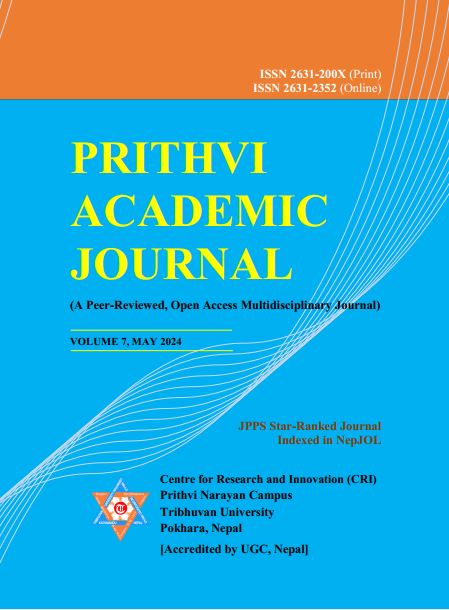Student Assessment in Formal Education: Nepali Community School Teachers’ Perspectives
DOI:
https://doi.org/10.3126/paj.v7i1.65764Keywords:
Secondary level English curriculum, internal assessment, external assessment, summative evaluation, formative evaluationAbstract
The present secondary level English curriculum of Grade 9 and 10 in Nepal has made the provision of 25 marks internal assessment system as part of summative evaluation. In this context, this study examines the existing internal assessment practices adopted by the English language teachers in the Secondary Education Examination of the community schools in Nepal. Employing the qualitative phenomenological research design, five secondary level English language teachers were selected purposively as research participants. Semi-structured interviews and participant observation were used as tools for collecting data. The data were analyzed inductively as content analysis using the internal assessment criteria of participation, listening, speaking, and score from terminal examinations as determined by the curriculum as part of summative evaluation. The result was interpreted through the perspective of Vygotsky’s (1978) zone of proximal development and the theory of scaffolding in relation to the assessment for learning, assessment as learning, and assessment of learning. The prominence of assessment of learning as the dominant practice has resulted in the marginalization of the other two purposes of assessment. The findings of the study highlight the need for a more balanced approach that encompasses assessment for learning and assessment as learning, ensuring a comprehensive and holistic evaluation of students’ progress and development.





